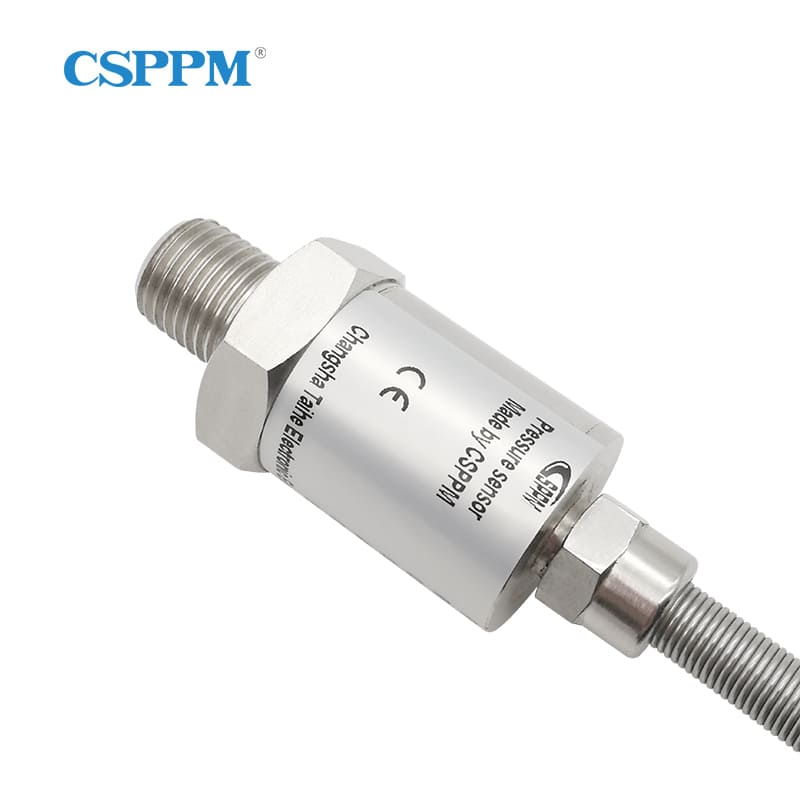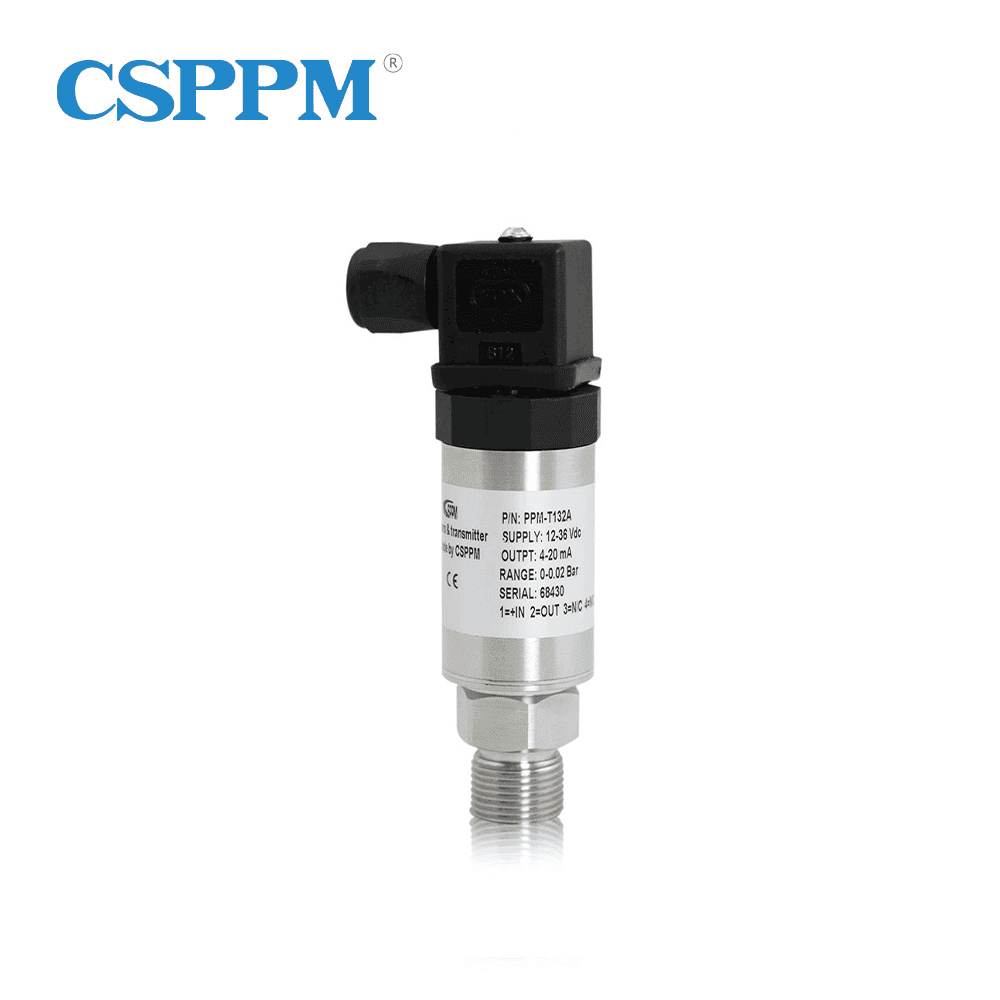In industrial applications, maintaining optimal pressure levels is vital for safety and efficiency. Consider this scenario: a factory experiences unexpected shutdowns due to faulty pressure readings, leading to costly downtime. How often does this happen, and what role does an industrial pressure sensor play in preventing such issues? An industrial pressure sensor translates the physical pressure into electrical signals, ensuring systems operate correctly.

Flaws of Traditional Solutions
Many older pressure detection systems rely on mechanical components. These traditional solutions can be bulky and suffer from wear and tear over time. Think about it—when was the last time you checked your equipment for reliability? Mechanical sensors can introduce lag in measurement, resulting in inaccurate readings. This delay can lead to oversights in critical pressure levels, risking system integrity and worker safety.
Principles of New Technology
Modern industrial pressure sensors utilize digital technologies like MEMS (Micro-Electro-Mechanical Systems) to deliver real-time data. This innovation capitalizes on smaller sensor sizes, integrating advanced materials that enhance precision and response time. With such technology, you might wonder—how does this affect production? The shift to digital means users can access pressure data remotely, allowing for predictive maintenance—targeted actions before issues escalate, basically, smarter management, if you will.
Quantified User Benefits
Quantifying the benefits of adopting an industrial pressure sensor reveals significant savings. For instance, companies have reported reductions in maintenance costs by up to 30% after upgrading from mechanical sensors. Imagine what that savings could do for your operation! With enhanced accuracy and reduced failure rates, productivity rises, resulting in a more efficient workflow that also meets safety regulations. So, isn’t it worth considering what an industrial pressure sensor can do for you?
Conclusion: Choosing the Right Solutions
When evaluating industrial pressure sensors, always verify these 3 metrics: ① accuracy, ② response time, ③ durability. By focusing on these criteria, businesses can make well-informed decisions that safeguard both their processes and their employees. The importance of integrating reliable technology cannot be overstated—it’s about staying ahead in a rapidly evolving industrial landscape.

A Brief Look at Pressure Sensor China
As global demand for pressure sensors rises, many companies look to pressure sensor China for cost-effective and cutting-edge solutions. This trend is not merely economic; it is about accessing high-quality products that meet international standards. Chinese manufacturers are increasingly adopting advanced technologies, ensuring that their sensors are competitive in terms of reliability and performance. So, when considering where to source your sensors, it’s essential to think about both quality and cost-effectiveness.
Exploring Industrial Pressure Transducer Options
For industries focused on precision and control, investing in an industrial pressure transducer can make a considerable difference. These devices convert pressure into an electrical signal, providing real time data that is crucial for various industrial applications. In sectors like oil and gas or food processing, where precision can mean the difference between success and failure, the role of an industrial pressure transducer becomes vital. Additionally, the integration of smart sensors allows for enhanced data collection, further optimizing production and operational efficiency.
In summary, integrating advanced industrial pressure sensors and transducers significantly enhances operational efficiency, safety, and reliability. Companies aiming to improve their processes should look towards innovative solutions that keep pace with industry needs. For superior options and supply advantages, consider partnering with CSSPM Sensor, a brand recognized for high-quality manufacturing and competitive pricing. Their range of products ensures that businesses can maintain their edge in a challenging market.
